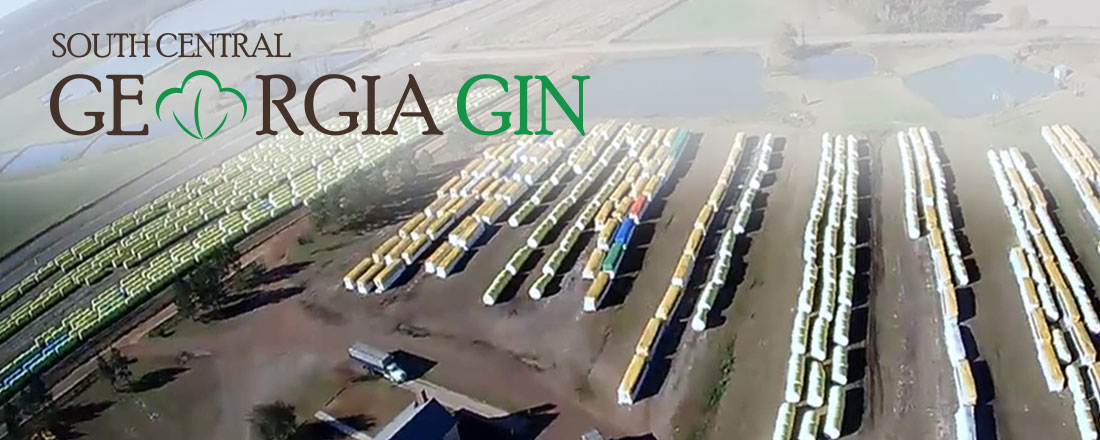| |
Homeland Security Dispute Looms in DC 01/16 06:22
WASHINGTON (AP) -- Congress is halfway home in approving government funding
for the current budget year that began Oct. 1 after the Senate on Thursday
overwhelmingly passed a three-bill package.
Now comes the hard part. Lawmakers still must negotiate a spending bill for
the Department of Homeland Security amid soaring tensions on Capitol Hill after
the shooting of a Minnesota woman by an Immigration and Customs Enforcement
agent.
Lawmakers are working to complete passage of all 12 annual spending bills
before Jan. 30, the deadline set in a funding patch that ended a 43-day
government shutdown in November. With the Senate's action on Thursday, six of
those bills have now passed through both chambers of Congress. The measure
before the Senate passed by a broadly bipartisan vote of 82-15. It now goes to
President Donald Trump to be signed into law.
That recent success would greatly reduce the impact of a shutdown, in the
unlikely event that there is one at the end of January, since lawmakers have
now provided full-year funding for such agencies as the Departments of
Agriculture, Commerce, Energy, Interior and Justice.
Lawmakers from both parties are determined to prevent another lapse in
funding for the remaining agencies. The House's approval of a separate two-bill
package this week nudges them closer to getting all 12 done in the next two
weeks.
"Our goal, Mr. President is to get all of these bills signed into law. No
continuing resolutions that lock in previous priorities and don't reflect
today's realities," said Sen. Susan Collins, the Republican chair of the Senate
Appropriations Committee. "No more disastrous government shutdowns that are
totally unnecessary and so harmful."
ICE shooting inflames debate on funding
The biggest hurdle ahead is the funding bill for the Department of Homeland
Security. The plan was to bring that bill before the House this week, but Rep.
Tom Cole, the chairman of the House Appropriations Committee, said the decision
was made to pull the bill and "buy some time" as lawmakers respond to the
Minneapolis shooting.
Democrats are seeking what Rep. Rosa DeLauro called "guardrails" that would
come with funding for ICE.
"We can't deal with the lawlessness and terrorizing of communities," said
DeLauro, the top Democrat on the House Appropriations Committee. "We're going
back and forth with offers, and that's where we are."
Trump's deportation crackdown, focused on cities in Democratic-leaning
states, has incensed many House Democrats who demand a strong legislative
response. Last week, an Immigration and Customs Enforcement officer shot and
killed Renee Good in a shooting that federal officials said was an act of
self-defense but that the mayor described as reckless and unnecessary.
Some 70 Democrats have signed onto an effort to impeach Homeland Security
Secretary Kristi Noem. Others are seeking specific changes to how the agency
operates, such as requiring ICE agents to wear body cameras.
"There are a variety of different things that can be done that we have put
on the table and will continue to put on the table to get ICE under control so
that they are actually conducting themselves like every other law enforcement
agency in the country, as opposed to operating as if they're above the law,
somehow thinking they've got absolute immunity," said Democratic leader Hakeem
Jeffries.
The Congressional Progressive Caucus, which includes nearly 100 Democratic
members, formally announced opposition to any funding to immigration
enforcement agencies within the Department of Homeland Security "unless there
are meaningful and significant reforms to immigration enforcement practices."
Looking for a solution
Cole said any changes to the Homeland Security funding bill would need
sign-on from the White House. He said one possible answer would be to let
Democrats have a separate vote on the Homeland Security bill. If passed, it
would then be combined with some other spending bills for transmittal to the
Senate. Republicans used a similar procedural tactic to get a previous spending
package over the finish line in the House.
The options for Democrats on Homeland Security are all rather bleak. If
Congress passes a continuing resolution to fund the agency at current levels,
that gives the Trump administration more discretion to spend the money as it
wants.
Meanwhile, any vote to eliminate funding for ICE won't stop massive sums
from flowing to the agency because Trump's tax cut and border security bill,
passed last summer, injects roughly $170 billion into immigration enforcement
over the next four years.
Also, any vote to eliminate funding could put some Democrats in tough
reelection battles in a difficult position this fall as Republicans accuse them
of insufficiently supporting law enforcement.
|
|


